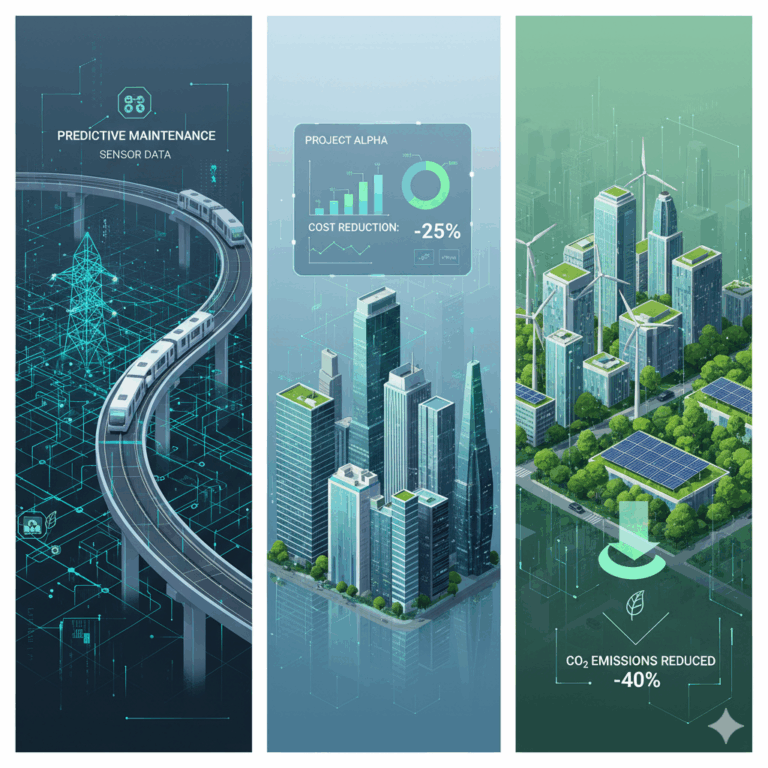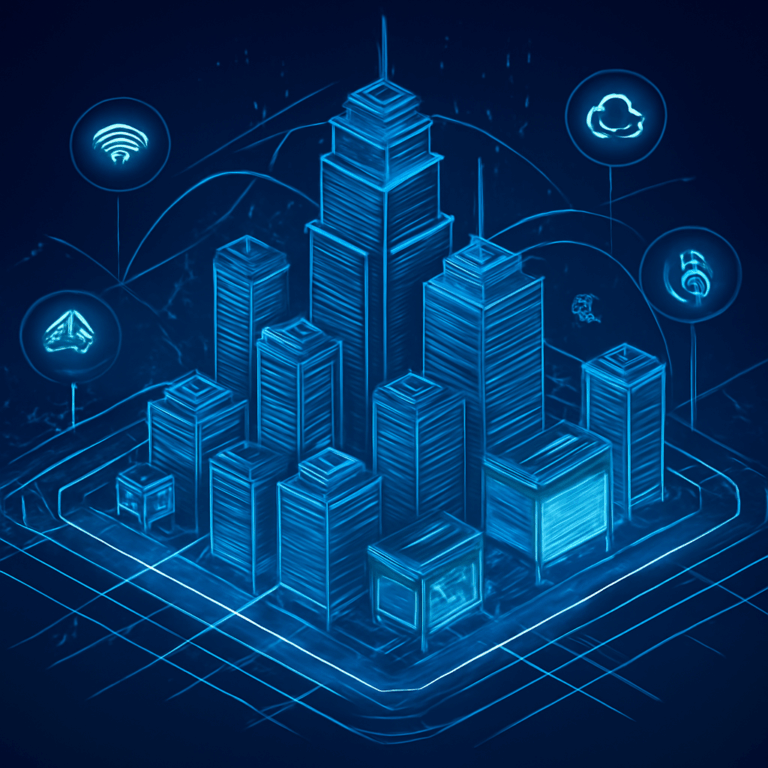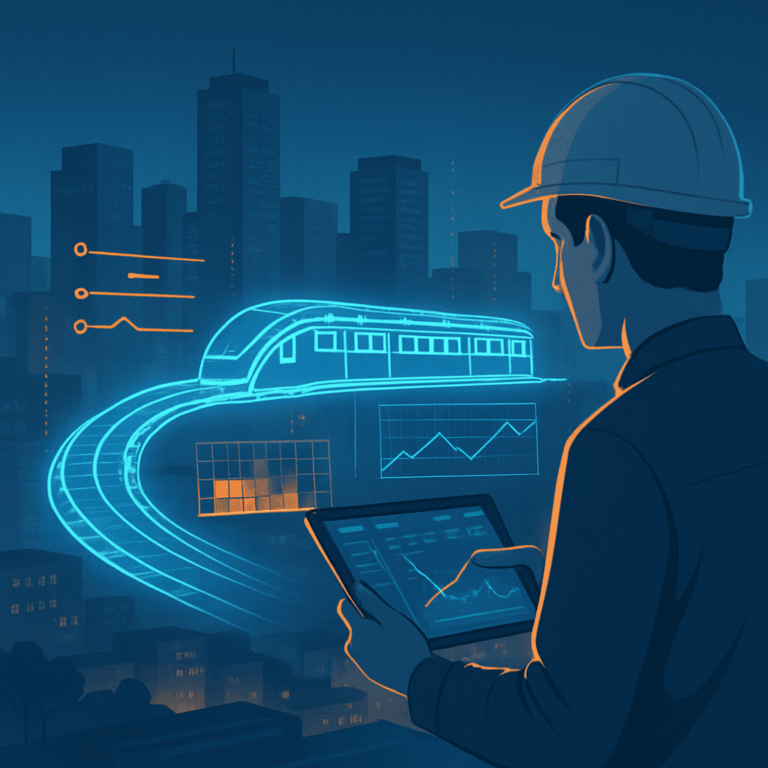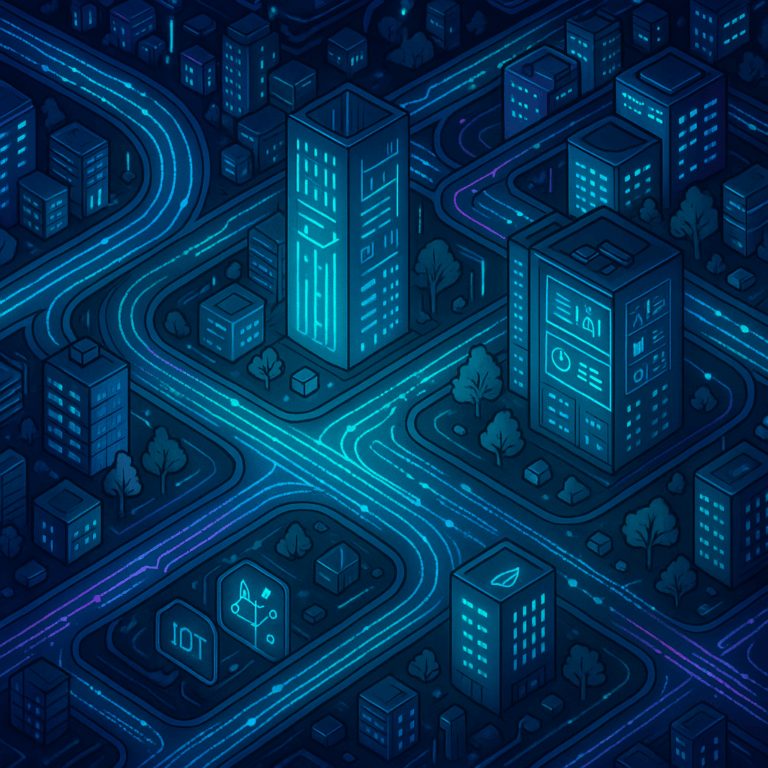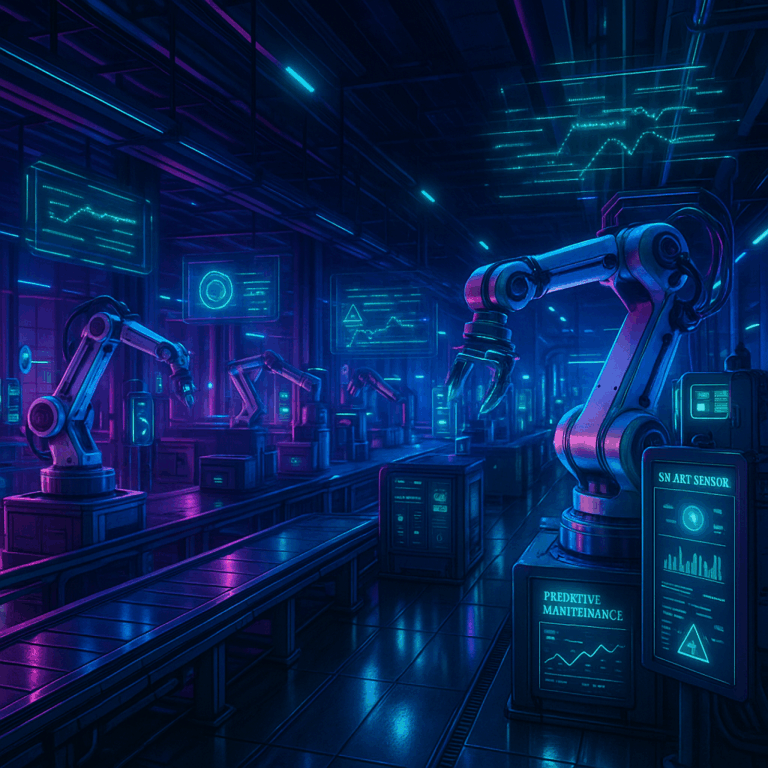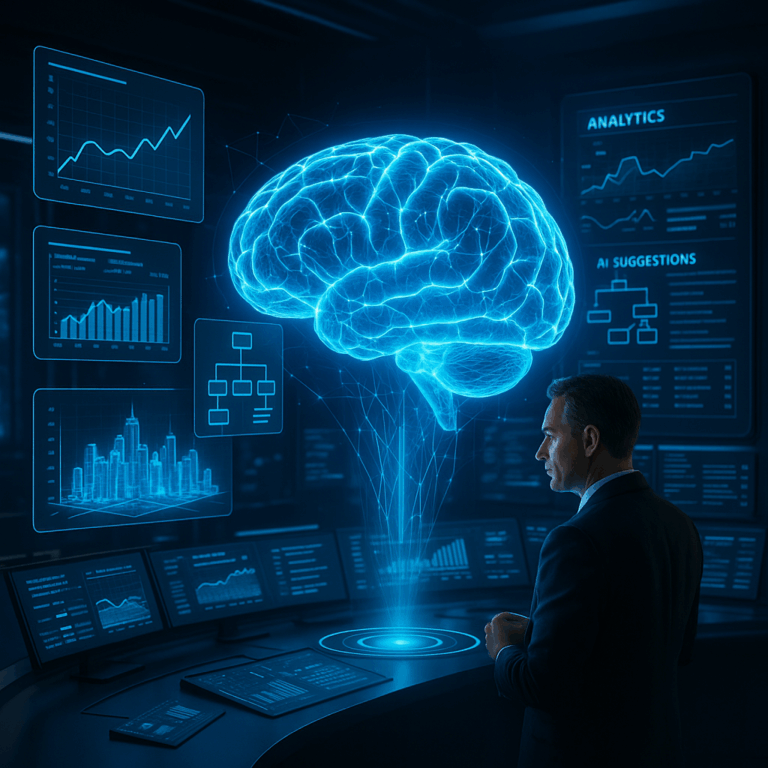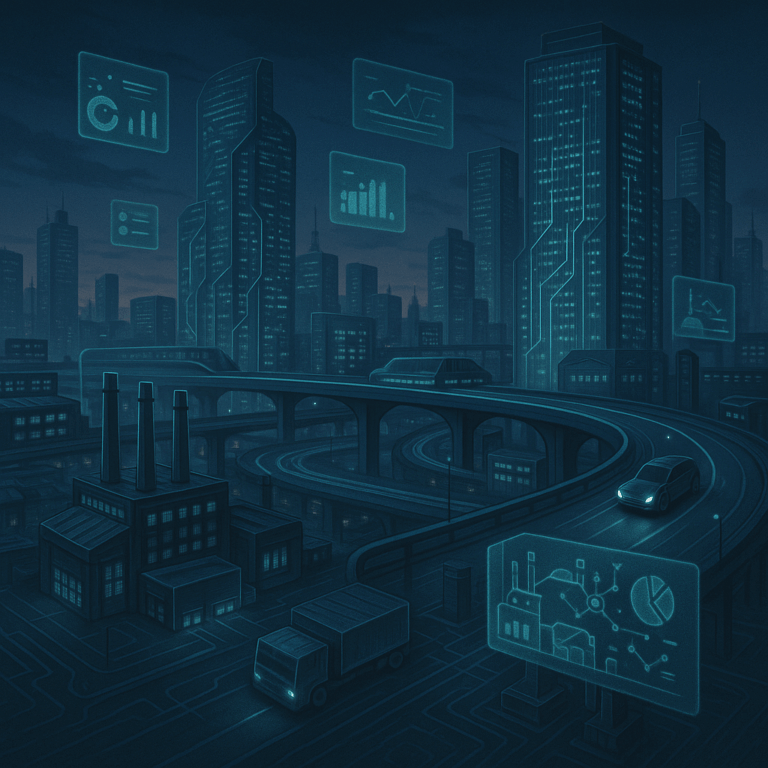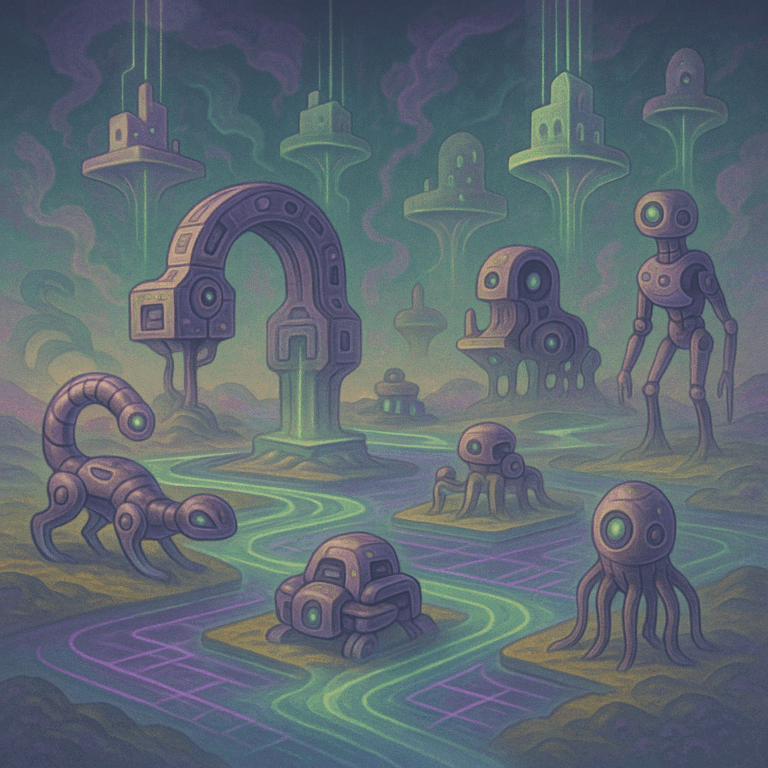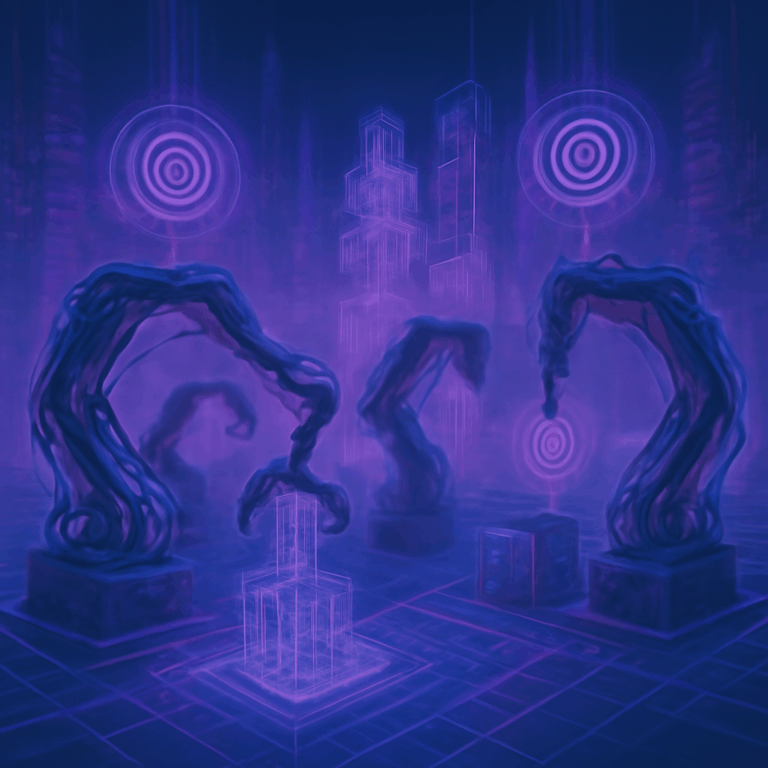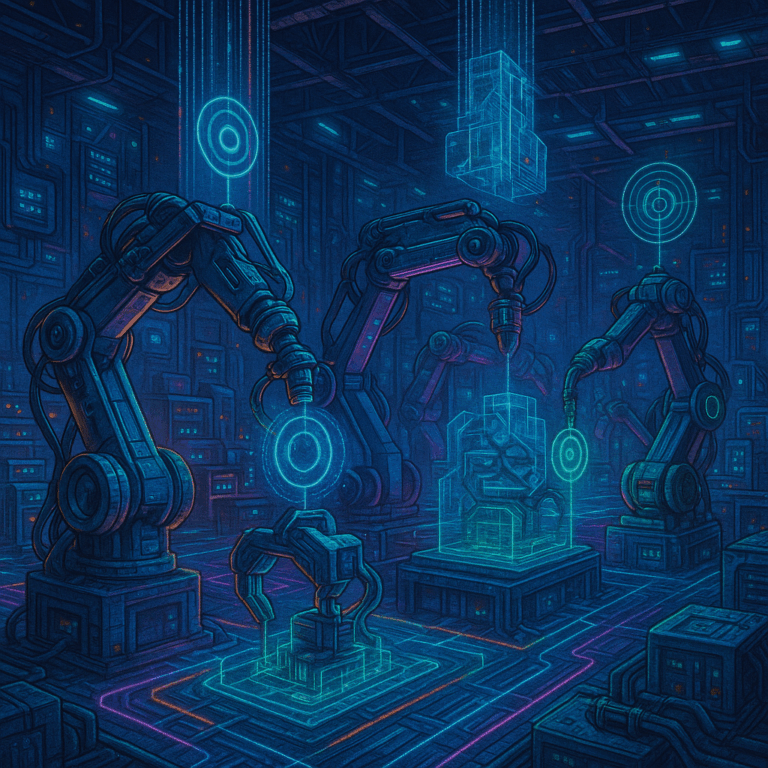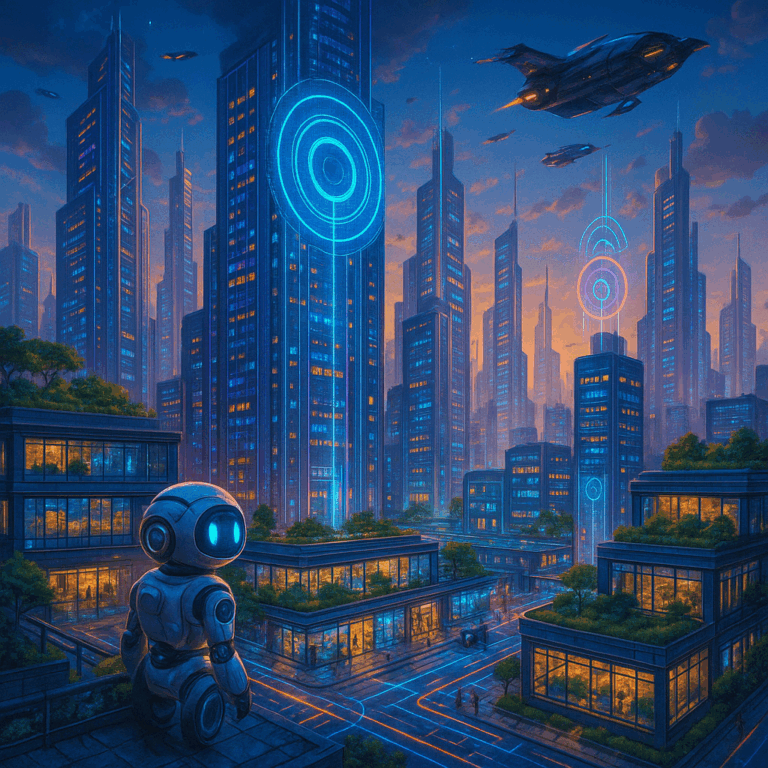Digital Twin and BIM (Building Information Modeling) technologies are revolutionizing the construction industry, making the design, construction, operation and maintenance processes of projects more efficient and sustainable. A digital twin is a digital copy of a physical asset and is constantly updated with real-time data. In this way, every stage throughout the building’s life cycle can be simulated and optimized. BIM, on the other hand, is a process that creates a digital model of a building project; this model provides a comprehensive source of information covering all stages from the design to the maintenance of the building.
With BIM, construction projects can be planned more accurately, quickly and cost-effectively. Detailed 3D models of building elements allow for the early detection of any design errors and help manage changes more easily during the project. In addition, thanks to BIM, all stakeholders (engineers, architects, contractors and owners) can collaborate on the same platform, thus minimizing communication errors and time loss.
Digital twins collect real-time data of the building and monitor and analyze the performance of the systems. This data helps to determine the energy efficiency of the building, maintenance needs and possible failures in advance. This increases operational efficiency and reduces maintenance costs.
When these two powerful technologies are combined, the construction industry not only delivers more efficient and economical projects, but also supports environmental sustainability. Digital twins and BIM lay the foundation for smart cities of the future, enabling the creation of a more sustainable and livable environment.

